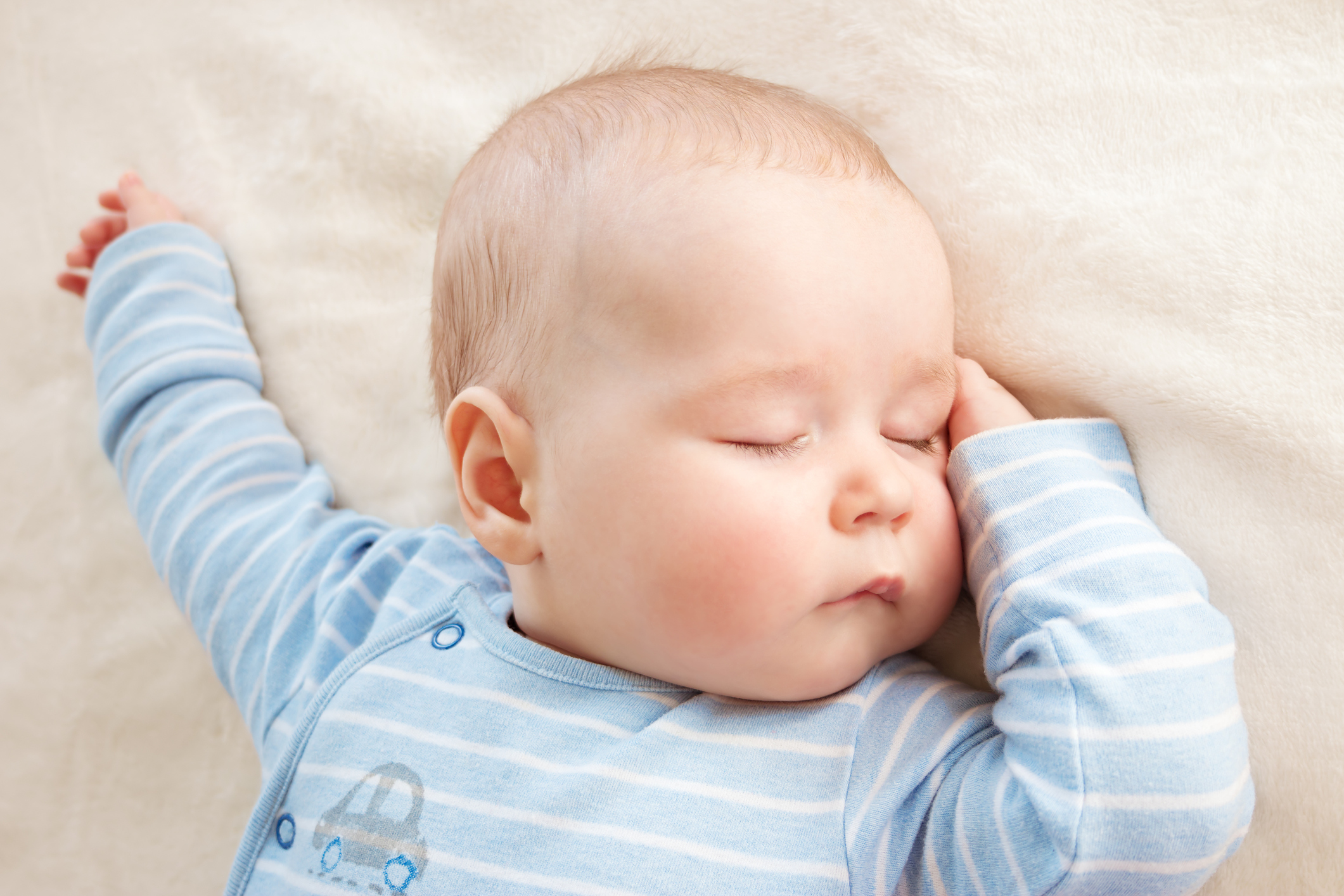
PARENTS concerned about the risk of cot death could keep track of their babies’ heart and breathing rates with updates to their phones thanks to a scientific breakthrough.
Designed by physicists at the University of Sussex, the new wearable technology features liquid-based sensors which contains the world’s first two-dimensional material, graphene.
The fluid inside the device is made from an emulsion of graphene, water and oil, which conducts electricity.
Comprised of carbon atoms, as a material, graphene is strong, flexible and conductive, and when a channel or tube holding the liquid is stretched, even by a small amount, the conductivity of the liquid changes.
This means that the respiration rates and pulses of those wearing the device can be tracked.
Professor Alan Dalton of the University of Sussex said: “The devices will be comfortable, non-invasive and can provide intuitive diagnostics of breathing and heart rate.
“We will eventually have a suit that the baby can wear which will read out all vital information wirelessly.
“We hope to see this made available within two to four years.”
They were inspired to create the new health monitor after the Bill and Melinda Gates Foundation called for new affordable, wearable health technologies for babies in situations where resources are scarce.
Currently, to monitor the pulses of babies, clunky sensors need to be attached to their hands or feet, and often fall off.
Due to the liquid technology being so sensitive, it picks up very small signals when attached to the body, the University of Sussex said.
This means monitoring could be done wirelessly and non-invasively with a fitness tracker-like band, or even embedded within the fabric of a sensor vest for a baby to wear.
Prof Dalton said the sensor they have created in the lab has the potential to “drastically improve” early detection of life-threatening symptoms including sleep apnoea or cardiac arrhythmia.
He suggested the technology could one day even be expanded into fitness wear, and revealed he came up with the idea for the new graphene emulsion as he was making a salad dressing with his daughter.
“Graphene is very affordable as it can be produced using naturally-occurring graphite, so this could be rolled out on a big scale,” he added.
“This is good news for health services because it means it should be affordable to individuals.”
Dr Matthew Large, lead researcher on the project, said: “The sensitivity of this new kind of strain sensor is actually much higher than a lot of existing technologies, and it is the most sensitive liquid-based device.”
A prototype of their technological breakthrough has been created and they are talking to sponsors fund further research so it can be brought to market.
Details of their work and designs has been published in the journal, Nanoscale.

Enjoy the convenience of having The Sunday Post delivered as a digital ePaper straight to your smartphone, tablet or computer.
Subscribe for only £5.49 a month and enjoy all the benefits of the printed paper as a digital replica.
Subscribe